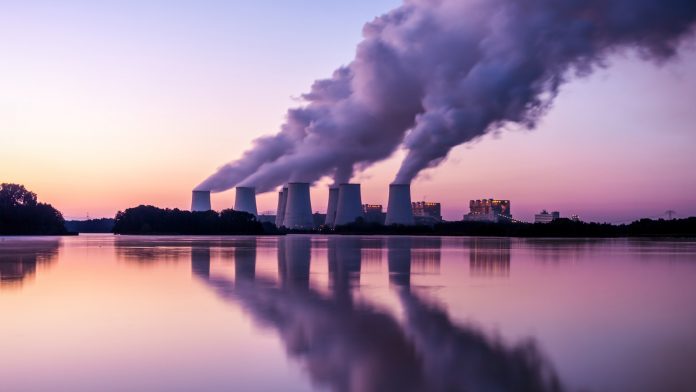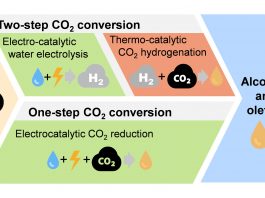The development of a novel perovskite catalyst may potentially pioneer new technology in the battle against C02 emissions.
Scientists from TU Wien have successfully manufactured a unique perovskite catalyst that is exceptionally proficient in converting C02 into practical substances, such as synthetic fuels – boasting impressive stability and economical pricing, making it appropriate for industrial use.
The requirement of a C02 converter that strikes the perfect balance of being both economical and efficient has never been more pertinent; emissions are reaching the point of diminishing returns, with alternative catalysts produced so far losing their stability due to the properties of their catalytic materials erode over time.
Perovskites pose a more promising alternative; previously used in solar cells, as anode materials, and in electronic components, perovskites possess properties that make them the perfect candidate for the desired reaction that reverses C02 emissions.
Christoph Ramashen, Professor from the Institute of Materials Chemistry at TU Wien. Said: “We are interested in the so-called reverse water-gas shift reaction. In this process, carbon dioxide and hydrogen are converted into water and carbon monoxide. You can then process the carbon monoxide further, for example, into methanol, other chemical base materials or even into fuel.”
Although not a novel reaction, this type of method has never been utilised for industrial use, requiring exceptionally high temperatures to occur, which consequently breaks down catalysts, with the scientist’s new perovskite cocktail successfully providing the answer.
“We tried out a few things and finally came up with a perovskite made of cobalt, iron, calcium and neodymium that has excellent properties,” says Rameshan.
The perovskite is made up of a crystal structure, which enables specific atoms to migrate through it; for example, cobalt atoms during catalysis travel towards the surface and create nanoparticles, which become especially chemically active.
Simultaneously, oxygen vacancies form – these are points within the crystal where oxygen atoms should sit. These vacant positions are the particular points that C02 molecules dock efficiently, which is crucial for becoming dissociated into oxygen and carbon monoxide.
Rameshan explained: “We were able to show that our perovskite is significantly more stable than other catalysts. It also has the advantage that it can be regenerated: If its catalytic activity does wane after a certain time, you can simply restore it to its original state with the help of oxygen and continue to use it.”
“It is more expensive than other catalysts, but only by about a factor of three, and it is much more durable. We would now like to try to replace the neodymium with something else, which could reduce the cost even further.”
In theory, carbon dioxide would have to be concentrated to remove C02 from the atmosphere; however, developing these technologies would require a substantial amount of energy. Consequently, it is more efficient to convert C02 where it is produced in large quantities, meaning places like industrial power plants would yield additional benefits.
“You could simply add an additional reactor to existing plants that currently emit a lot of C02, in which the C02 is first converted into C0 and then processed further,” added Rameshan.





